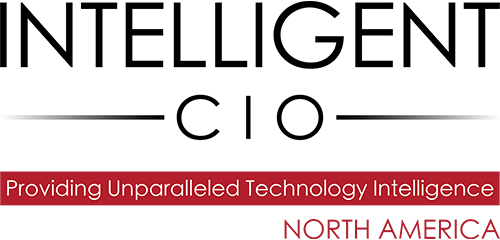Karthik Sj, General Manager of AI, LogicMonitor, says that to successfully integrate AI into a business and lead the charge for change, CIOs need to find a healthy balance between innovation and responsible development.
Amidst the ongoing AI boom, technology is evolving in ways once unimaginable. Breakthroughs like agentic AI and advanced generative AI (GenAI) reasoning are driving digital transformation, reshaping industries and challenging the status quo.
As exciting as this is, it also means huge pressure for CIOs. Foundry recently discovered that 87% of CIOs are leading digital transformation initiatives, surpassing their business counterparts in driving innovation. However, as AI continues to evolve, so do regulatory demands. CIOs must ensure they are creating effective AI solutions that fit both client demand as well as evolving legislative frameworks.
The race to regulate
Since last November, landmark agreements and proposals have emerged across Europe and the U.S. addressing concerns surrounding AI technologies:
- Last year’s AI Safety Summit in the UK was a pivotal moment; it made history as the first ever global conference on AI, with AI powers from across the globe converging and formalising the cruciality of AI regulation. At the conference, the Bletchley Park Declaration was announced. This was a milestone for AI regulation as it marked a world-first agreement on the risks and opportunities posed by AI.
- The EU’s AI Treaty, signed by leading nations including the EU, U.S., and UK, marked a significant milestone as the first legally binding international agreement governing AI systems. Once fully implemented in 2026, it will provide a legal framework covering AI systems’ entire lifecycle, giving AI developers and deployers stricter guidelines. However, some global AI leaders, such as China, did not partake in the Treaty, raising questions about its effectiveness. For full impact, global alignment, especially from leading AI innovators, is necessary.
- The California AI Bill, was a promising move from the US, but was vetoed over concerns that it would stifle innovation and drive AI developers out of the state. With major tech players like Google and Meta headquartered in California, this veto could impact global AI innovation. Now, the UK is drafting a similar proposal aimed at ensuring safe and ethical AI development – but the blocking of the California Bill raises questions about how the UK will approach this.
These regulatory efforts are just the tip of the iceberg of what’s to come for global AI policy. The year 2024 has been a landmark one for politics, with at least 64 countries globally holding elections. Most recently, the U.S.’ presidential race occurred, and the resulting election of Donald Trump is bound to have an impact on AI policy. The president-elect has already said he plans to dismantle Biden’s AI framework. Despite 82% of companies planning to increase their AI investments by over 50% in the coming years, how the regulatory landscape is treated by the president-elect will have overarching implications for AI innovation and adoption.
Regulation v Innovation: A Balancing Act
As AI innovation accelerates, the demand for robust regulation is becoming increasingly urgent. Without it, we could face widespread implications, such as ethical dilemmas, privacy concerns and security risks. We’re already witnessing these risks in practice, for example, when the Met’s facial recognition systems were accused of bias.
This challenge is compounded by the fact that CIOs are already grappling with change fatigue following a near decade of relentless digital disruption.
As a Gartner survey revealed, 54% of respondents are experiencing burnout due to this constant change. This is hardly surprising, as the continuous cycle of monitoring, evaluating, adopting and adapting to new technologies can be overwhelming. Nevertheless, it is crucial for CIOs to stay abreast of these evolving needs, particularly as AI reaches a pivotal stage in its development.
CIOs must stay vigilant about upcoming regulations, like the UK AI Act, to ensure they implement the necessary compliance measures while continuing to innovate ahead of the curve. This is becoming critical as governments consider financial sanctions for non-compliance. Forrester has predicted that, in 2025, the EU will fine GenAI providers for the first time under the EU AI Act. This underscores the need for CIOs to exercise caution when creating AI products, as failure to meet regulatory standards could expose their businesses to financial danger. Robust AI regulation is essential to prevent the unsafe or biased use of data and ensure trustworthy decision-making. To mitigate these risks, CIOs must carefully evaluate current AI risks and anticipate future regulations.
To successfully integrate AI into a business and lead the charge for change, CIOs need to find a healthy balance between innovation and responsible development. This approach ensures that new AI products benefit society by being both ethical and valuable to users. Additionally, CIOs must prepare for the impact of regulation, which is increasingly becoming a priority for governments worldwide. They need to understand how to navigate and innovate within these regulatory frameworks. Adapting to maintain equilibrium is the key to success.


